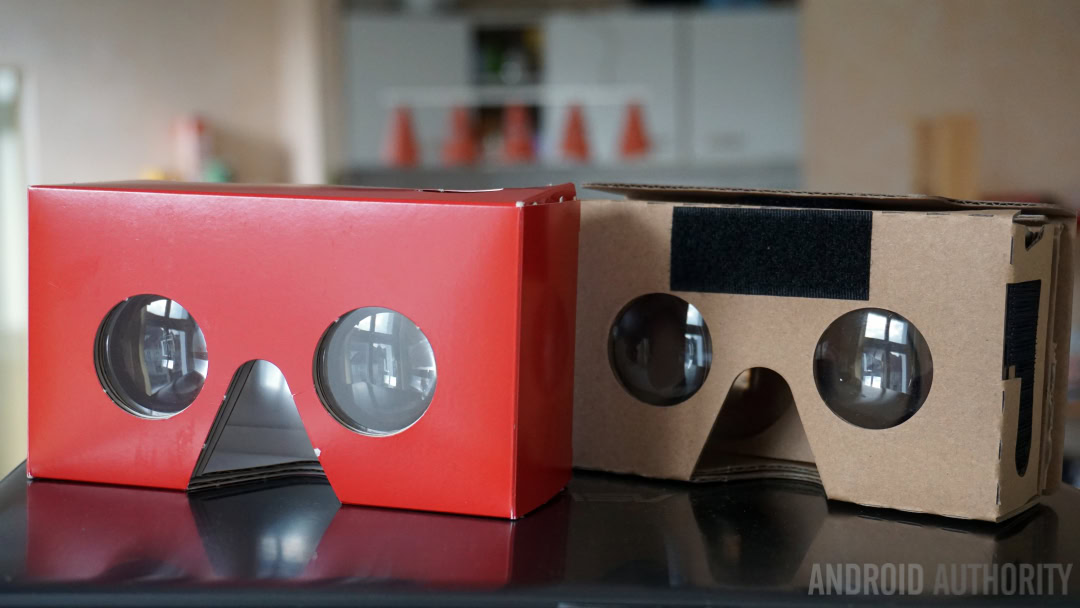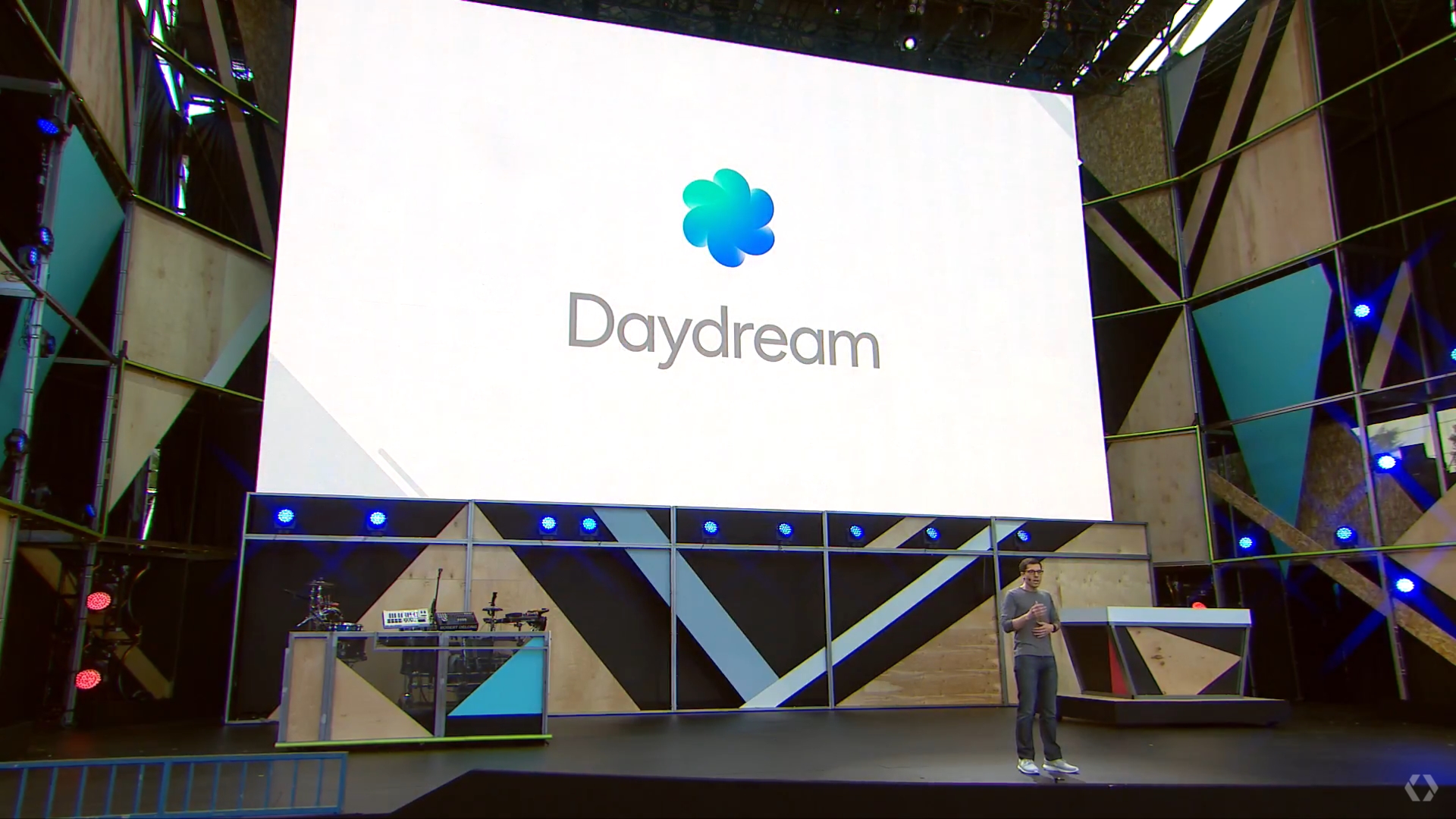Affiliate links on Android Authority may earn us a commission. Learn more.
Google VR boss: VR has a long way to go, smartphones are key to mass adoption
June 24, 2016

This post was originally published on our sister site, VRSource.com.
Virtual reality technology is amazing, but it has a long way to go.
Google has been on the forefront of VR ever since it first released Google Cardboard at the Google I/O developer conference in 2014. Since the launch, the company has helped prove that you don’t necessarily need an expensive desktop PC to have amazing virtual experiences. With phones having such powerful processors and amazing screens in today’s day and age, the content can be available to almost anyone, anywhere. This week at the Cannes advertising festival in France, Google aimed to show the world how the technology can be integrated into almost every imaginable media.
The company announced its first rankings of 360-degree YouTube ads at the event on Wednesday, but they made it clear that they’re still just scratching the surface when it comes to getting virtual reality technology into the hands of the masses. Google’s Clay Bavor, president of virtual reality at the company, stated that essentially no one knows about the technology right now.
The people who have used or even know about VR at this point is a rounding error. It’s approximately zero percent of the world.
says Mr Bavor.
And he’s right. If you’re reading this article right now, you are part of a small section of people who knows about the power of virtual media. This isn’t completely surprising, as the platform is still in the extremely early days of development. The consumer editions of the HTC Vive and Oculus Rift have really only been available for a couple of months, and they are still so expensive that the average person is going to have an extremely difficult time getting their hands on one. Paired with a high-end gaming PC, the total cost can easily reach $2000, which just isn’t achievable for many people who have yet to dip their toes in the technology.
But that’s exactly why Google is pushing the integration of the tech into everyday services. Cardboard is extremely cheap, and it’s actually difficult to find a cell-phone that can’t run YouTube nowadays. The VR ads that Google promoted at the festival this week should hopefully spark the interest of people who didn’t know about the technology otherwise, and should be a lot more interesting and effective from a marketing standpoint. Since Google is releasing their Daydream mobile VR platform next fall, now seems like the perfect time to push this type of commercials, especially from brands like McDonald’s, Oreo, and Hyundai that are able to pay for such spots.

Once Daydream is in full swing, Google believes the experience will be much more accessible to the people it hasn’t yet reached. The platform will allow for users to have access to most of their mobile device without having to remove their headset at all, and paired with an inexpensive Cardboard, even those with little initial interest for the experience can get in on the cheap.
We predict that as much energy and talk and hype there is around VR right now, it’s going to be a slower ramp than people appreciate. Riding the wave of smartphones is how we’ll get mass adoption.
Are you excited for the future of mobile VR?